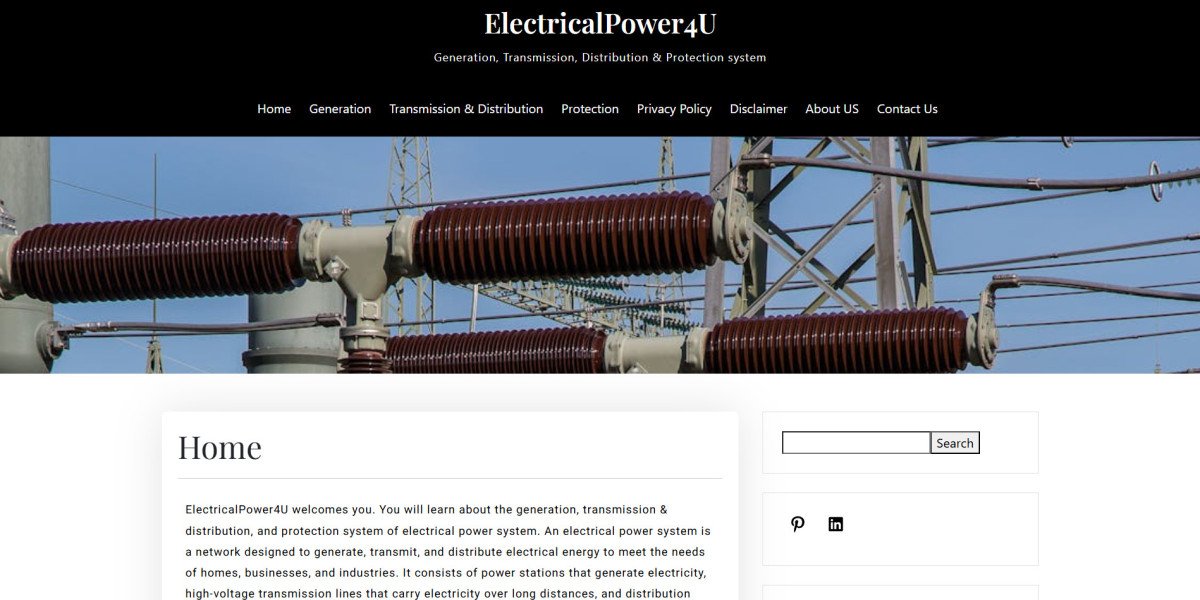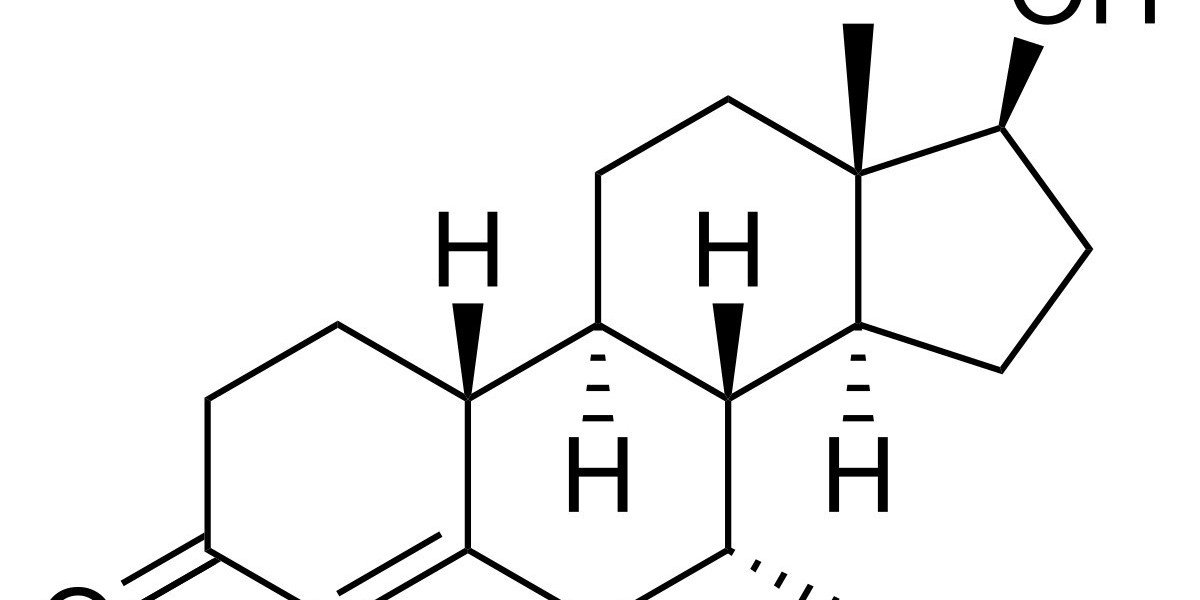Understanding Restricted Earth Fault Protection: A Key to Electrical System Safety
Restricted Earth Fault (REF) protection is a specialized safety mechanism in electrical systems designed to detect and isolate faults that occur between the earth (ground) and the conductors in a confined area of a system. Unlike traditional earth fault protection, which monitors overall fault conditions in an electrical network, REF protection focuses on identifying faults within a specific zone or region, typically around transformers or other critical components. The goal of restricted earth fault protection is to enhance the reliability and safety of electrical systems by offering more precise fault detection, thereby preventing damage to both equipment and personnel.
What is Restricted Earth Fault Protection?
Restricted Earth Fault (REF) protection is a type of protection scheme used in power systems to detect earth faults within a designated region, such as the zone around a transformer or a generator. The term "restricted" refers to the fact that the protection system is designed to monitor only a specific section of the electrical network, often limiting its scope to prevent unnecessary trips and false alarms.
In its typical application, REF protection is installed in systems with an earthing system that uses the neutral point of a transformer or generator. The system includes a differential current transformer that measures the difference between the current flowing into the system and the current flowing out of it. If a fault occurs within the restricted zone (e.g., around the transformer), the REF protection relay detects an imbalance, triggering an immediate disconnection of the faulty section to avoid further damage.
How Does Restricted Earth Fault Protection Work?
The working principle of restricted earth fault protection revolves around detecting the difference between the incoming and outgoing currents in a specific part of the system. This is achieved using a combination of current transformers (CTs) and a protection relay.
1. Current Transformer Setup
The key component of a restricted earth fault protection system is the current transformer (CT). In typical installations, two CTs are placed: one on the incoming side (primary) and one on the outgoing side (secondary) of the protected zone, often around the transformer or generator. The CTs measure the current in both directions, and the protection relay compares the two values to determine if an imbalance exists.
2. Differential Measurement
Under normal conditions, the current flowing into the protected zone (incoming) should match the current flowing out of the zone (outgoing). However, when an earth fault occurs within the restricted area, some of the current from the outgoing side leaks to the ground. This results in a difference between the incoming and outgoing currents, which the CTs can detect. The relay responds to this difference by initiating a trip signal to disconnect the faulty equipment.
3. Fault Isolation
When an earth fault occurs within the restricted zone, the system identifies the fault and isolates the affected section. The protection relay sends a signal to the circuit breaker, which opens the circuit and disconnects the faulty equipment from the rest of the network. This rapid disconnection ensures that the fault does not escalate into a more dangerous situation, protecting both the system and personnel from potential harm.
Applications of Restricted Earth Fault Protection
Restricted Earth Fault protection is particularly valuable in systems where high-value equipment like transformers or generators are involved, and where the need for precise fault detection is critical. Some key applications include:
1. Transformer Protection
Transformers are highly vulnerable to earth faults due to their importance in power distribution networks. An earth fault within the transformer or its associated connections can lead to insulation damage, fires, or even total transformer failure. REF protection is especially beneficial in this context, as it provides a precise method of detecting faults that may not be easily detected by traditional earth fault protection methods.
In the event of an earth fault in a transformer, REF protection isolates the faulty part of the system, preventing damage to the transformer and other interconnected components. This also ensures that the power supply is not interrupted for longer than necessary.
2. Generator Protection
Generators, particularly in power plants or large industrial facilities, are another key area where restricted earth fault protection is implemented. A fault in a generator’s windings or other internal components can result in significant damage. By using REF protection, operators can quickly detect faults occurring within the generator’s specific zone and isolate the affected components before the fault spreads, preserving the overall system integrity.
3. Critical Industrial Facilities
In industrial settings, such as factories or chemical plants, the electrical systems often power heavy machinery and critical equipment. A fault in the power supply can disrupt operations and even pose safety risks to workers. REF protection allows for early detection of earth faults, preventing further damage and minimizing downtime by isolating only the affected part of the system.
4. Renewable Energy Systems
As renewable energy systems such as solar power plants and wind farms grow in popularity, the need for reliable protection schemes becomes increasingly important. REF protection can be used in these systems to protect the key electrical equipment, such as inverters and transformers, ensuring that faults in isolated parts of the system are quickly identified and isolated to prevent cascading failures.
Benefits of Restricted Earth Fault Protection
The main advantage of restricted earth fault protection is its ability to provide highly sensitive and targeted fault detection in specific zones of an electrical network. This has several important benefits:
1. Enhanced Fault Detection and Isolation
REF protection offers more precise fault detection compared to traditional earth fault protection systems. By focusing on a specific region, such as around transformers or generators, it ensures that faults within these critical areas are quickly identified and isolated without affecting the overall system. This minimizes unnecessary outages and allows for faster system restoration.
2. Minimized Equipment Damage
One of the most significant benefits of REF protection is the prevention of extensive damage to electrical equipment. Earth faults can lead to insulation failure, overheating, or fires if not addressed quickly. By isolating the faulted area promptly, REF protection reduces the risk of costly damage to equipment, which is crucial in large-scale industrial and power generation systems.
3. Increased System Reliability
By enhancing fault detection in specific areas of the system, REF protection helps to increase the overall reliability and stability of the power grid. With quicker fault isolation and reduced equipment damage, the system can continue operating smoothly without prolonged interruptions or extensive repairs, improving overall system performance.
4. Cost-Effective Protection
While REF protection systems require specialized equipment such as current transformers and protection relays, they can be more cost-effective in the long term. By preventing costly damage to critical equipment and reducing downtime, REF protection provides a return on investment through improved safety and operational efficiency.
Challenges of Restricted Earth Fault Protection
Although REF protection provides many benefits, there are some challenges to consider, particularly in the design and implementation phase. These include the complexity of system configuration, the need for regular testing and maintenance, and the potential for false tripping if the system is not properly calibrated.
Ensuring that the REF protection system is correctly configured to detect only relevant faults and not external disturbances is vital to its effectiveness. Proper installation, regular maintenance, and calibration are key to maintaining the reliability of the protection system.
 AdBlock Detectado
AdBlock Detectado








